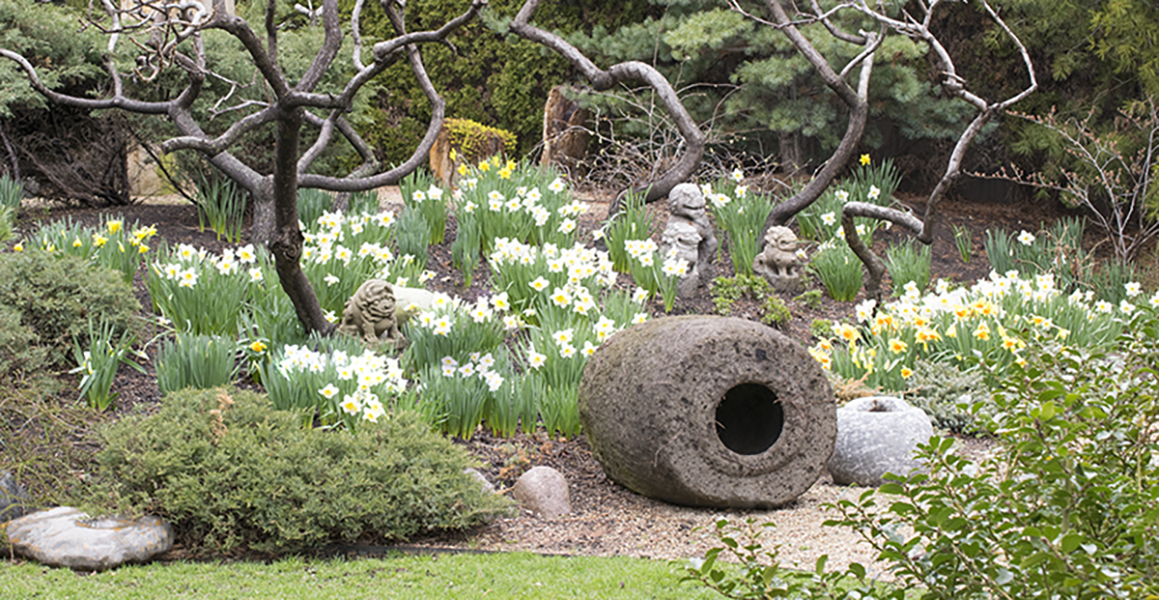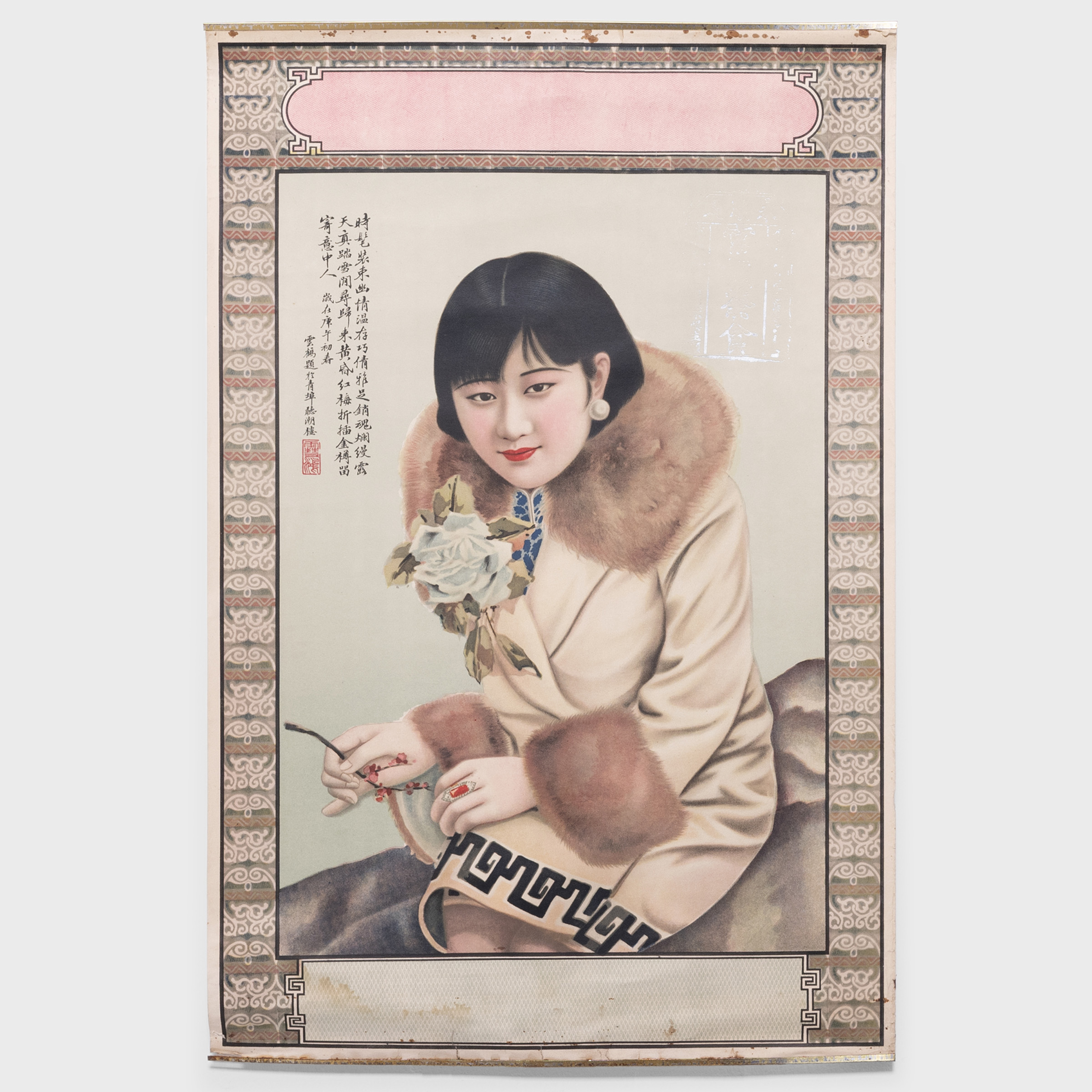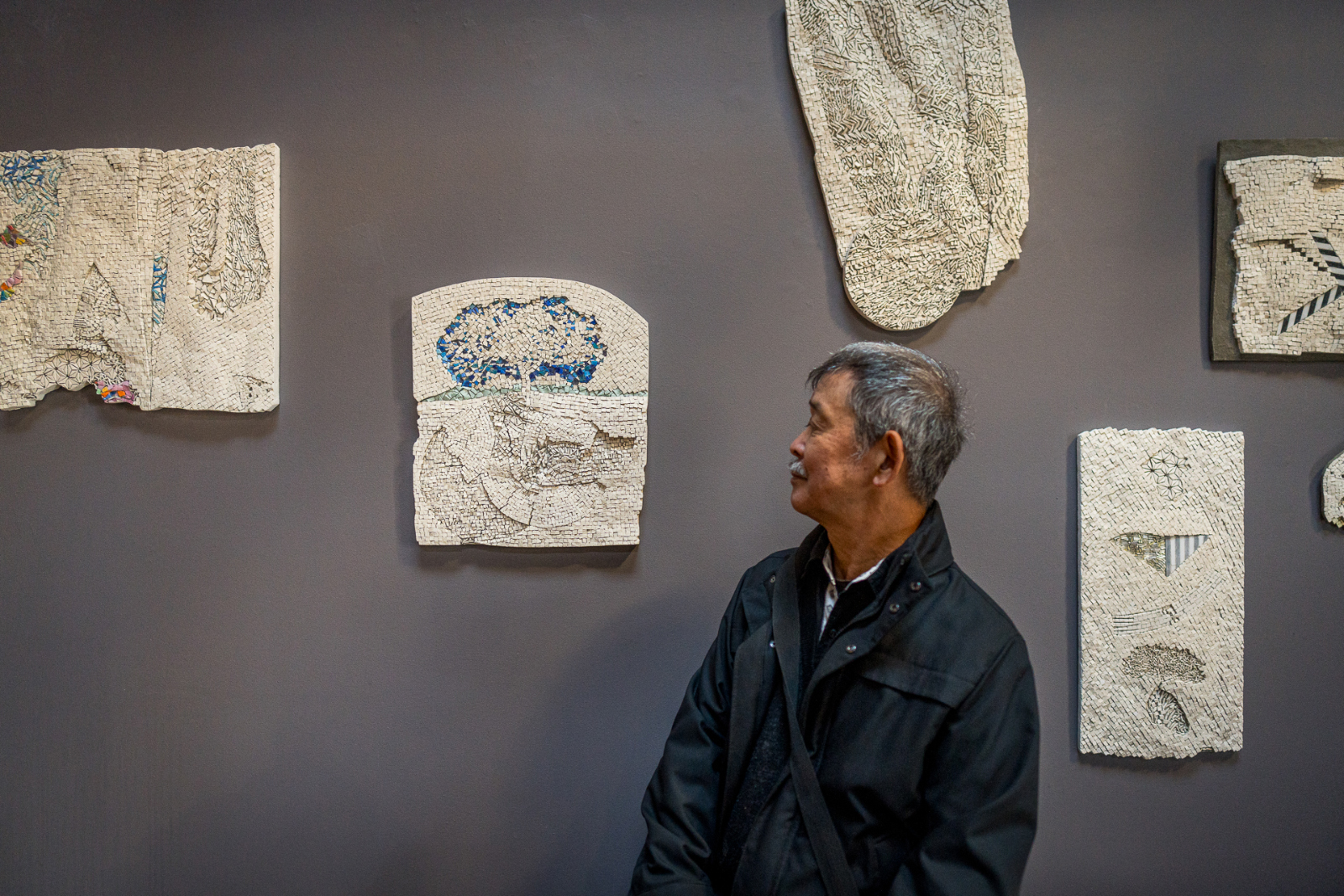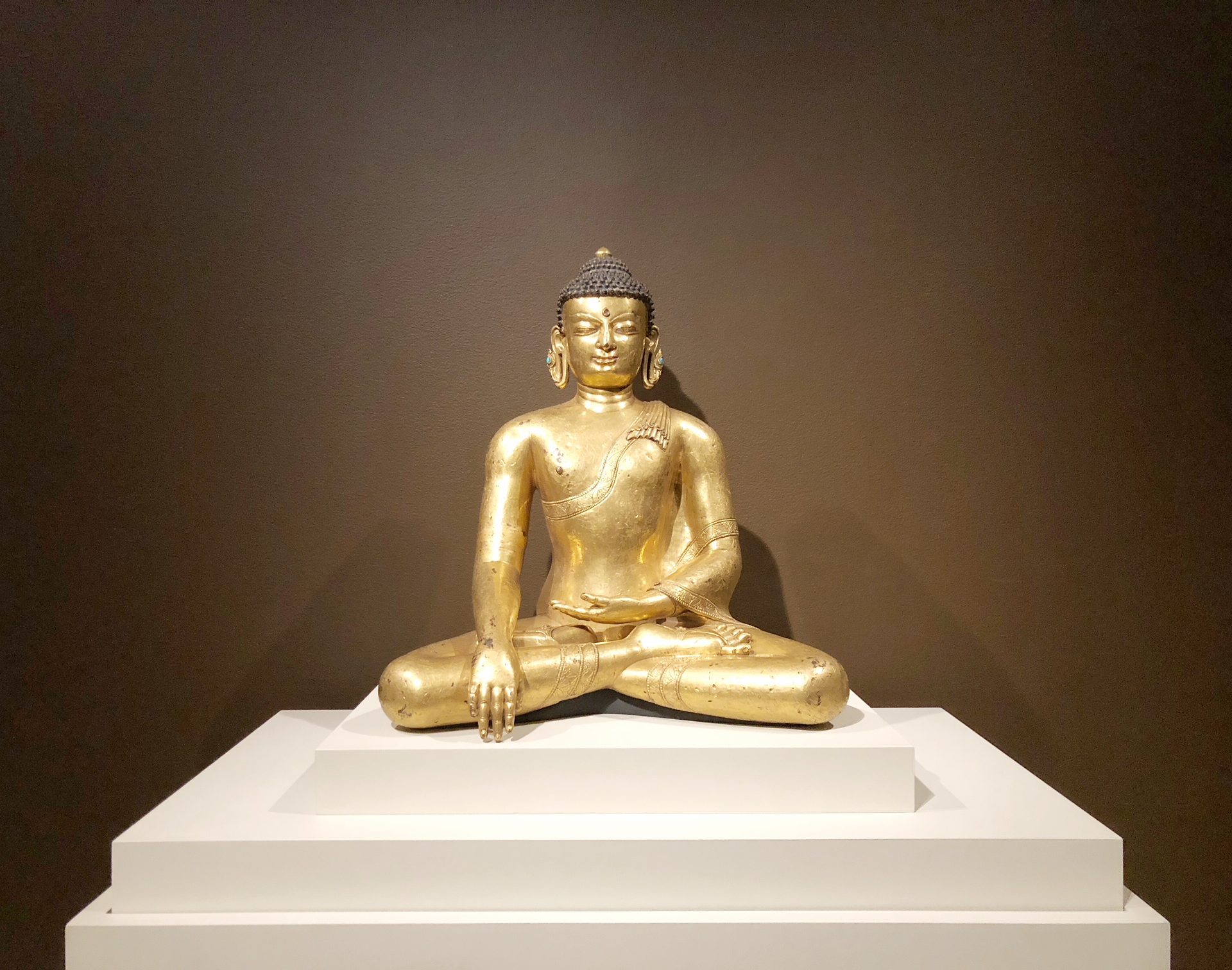
Every spring, New York hosts Asia Week, a 10-day celebration of eastern art and culture. Collectors and curators descend on the city to visit galleries, make the museum rounds, and chart their way across a sprawling series of events. This year, making our way from Asian art galleries on the Upper East Side, south towards the Rubin Museum in Chelsea and across the bridge to the Brooklyn Museum, the trek across the city felt like time traveling.
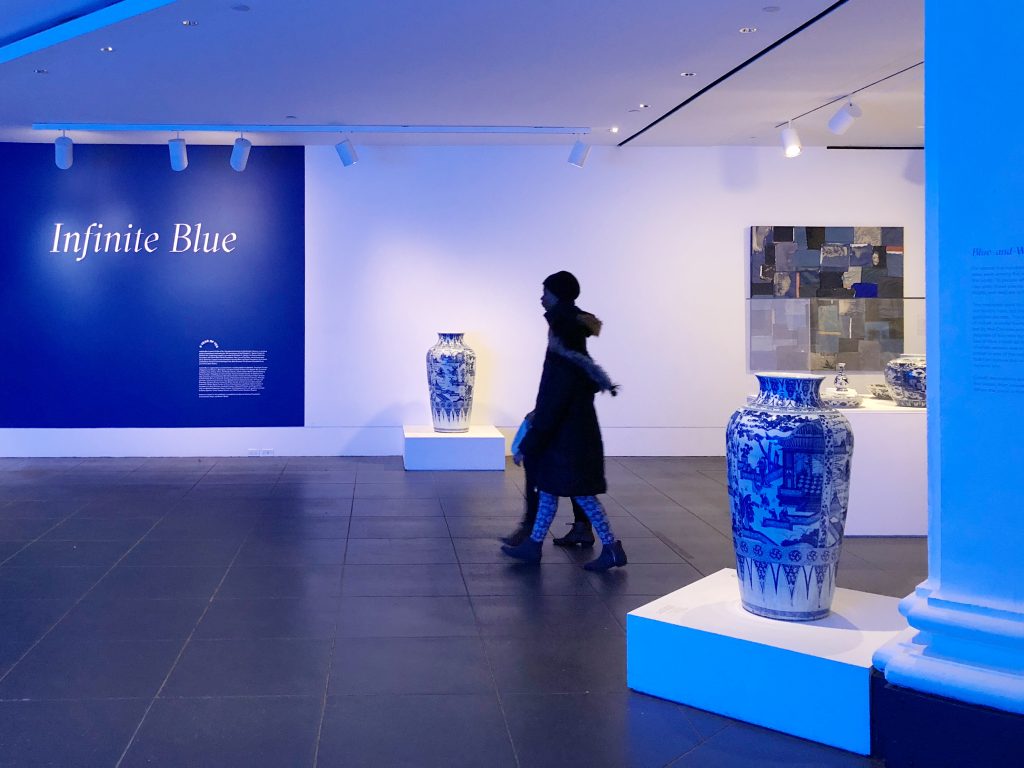
Infinite Blue at the Brooklyn Museum.
At the Asia Society, we stepped back into a lost past while viewing artworks collected by Italian explorer Giuseppe Tucci during his 1926-1948 expeditions to Tibet. At the Brooklyn Museum, Infinite Blue pairs ancient Chinese objects with contemporary art, in an exhibition that feels very of-the-moment. At the Rubin Museum their 2018 tagline, The Future Is Fluid, speaks to a space that’s focused on how the present moment is shaping our collective future.

Vintage photographs from Giuseppe Tucci’s expeditions to Tibet (1926-48).
The Past: Unknown Tibet at the Asia Society
On loan from Rome, the paintings and objects in this exhibit are on view for the first time in the United States. The collection retraces the footsteps of Giuseppe Tucci, a scholar and explorer who amassed objects to preserve and tell the story of Tibetan Buddhism. Vintage photographs show Tucci, his expedition, and objects in situ. He only took home pieces deemed unworthy of temples due to damage. Later conservators restored them, and they now serve as a window into Tibetan history before the destruction of native monastic culture.
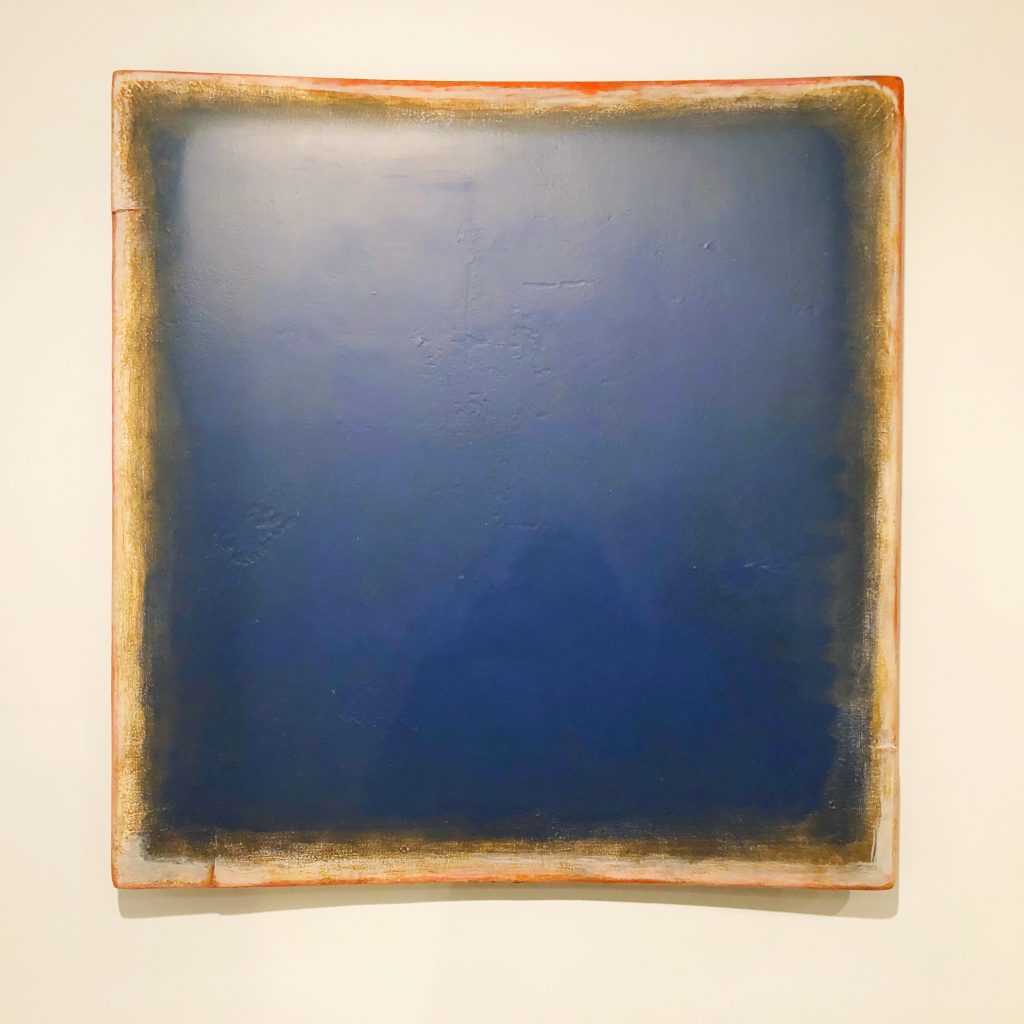
Su Xiaobai. Moonlight Halo, 2013. Oil, lacquer, linen, wood. From Infinite Blue at the Brooklyn Museum.
The Present: Infinite Blue at the Brooklyn Museum
The artworks of Infinite Blue are “a fascinating strand of visual poetry running from ancient times to the present day.” This exhibit explores how blue transmutes across time and cultures, from the use of cobalt in ancient glazes along the Silk Route, to the abstract blue paintings of Su Xiaobai—a Chinese artist who uses lacquer to create opaque but luminous artworks. Su says his painting Moonlight Halo “was inspired by Buddhist philosophy and by Ming and Qing Dynasty blue-and-white porcelains.”

Chitra Ganesh, still from The Scorpion Gesture, a multimedia installation on view at the Rubin Museum.
The Future: Chitra Ganesh at the Rubin Museum
The Rubin Museum is sensory overload in the best possible way. Artist Chitra Ganesh developed a series of large-scale animations inspired by the scorpion gesture, a mudra “said to have unlimited power and potential for transformation.” Her projections are interspersed between ancient objects from the Rubin’s collection, creating the sense that Tibetan thangkas are coming to life in a futuristic meditation dream.
The accompanying exhibit, Gateway to Himalayan Art, presents masterworks from the collection by translating key forms, concepts, and meanings for a modern audience. In a room devoted to metalworks, a display shows the stages of Nepalese hollow metal casting, from making a wax model to casting the metal to painting and decorating the finished piece.
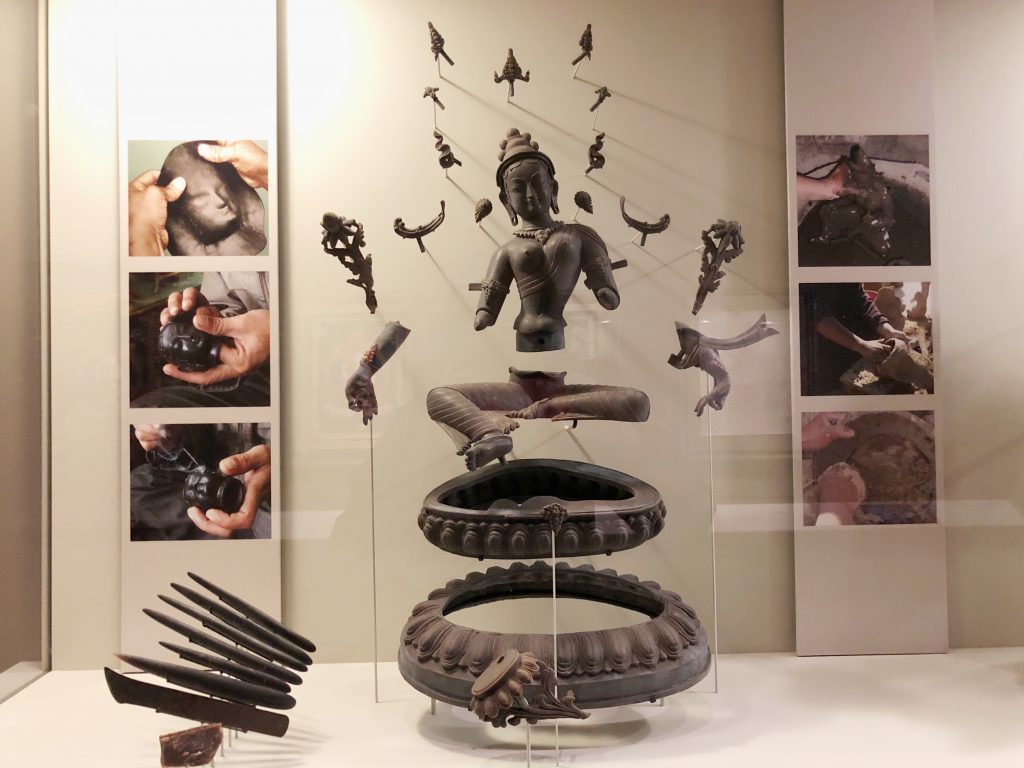
The process of metal casting has been practiced in Nepal’s Kathmandu Valley for over a thousand years.
Other rooms explain materials (stone, wood, and clay), theologies (ritual, worship, merit, secular and spiritual gains), and symbols (figural postures, gestures, and implements). The viewer comes away with a rich sense of meaning, and ideas for applications in modern life.
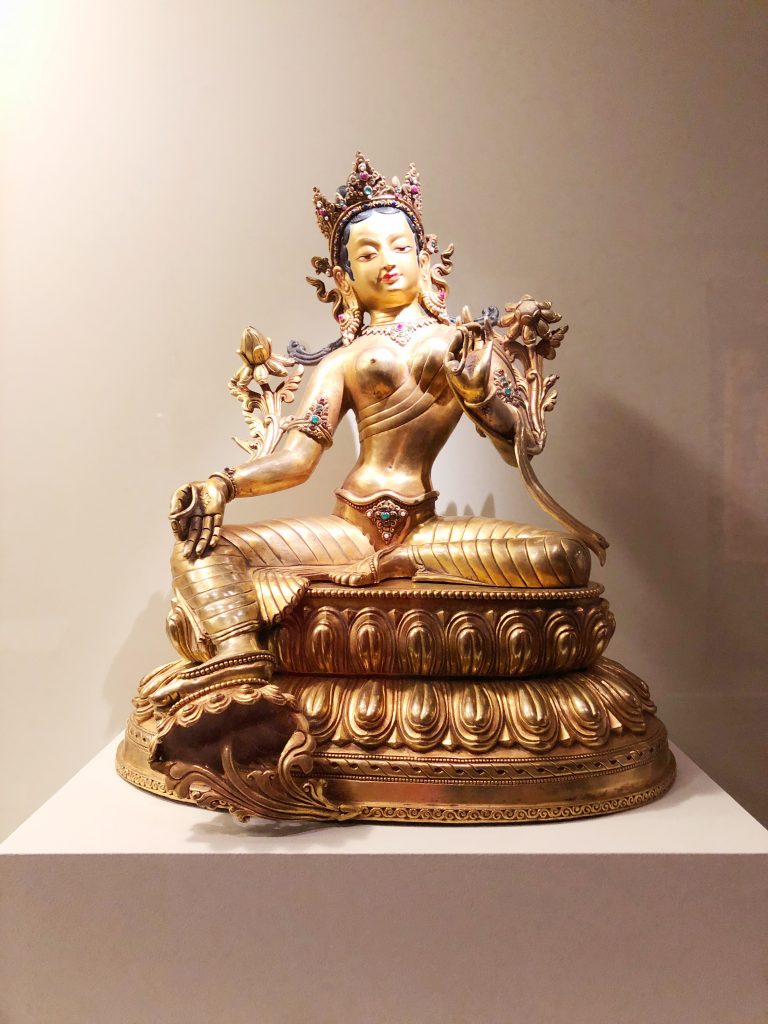
The finished statue, decorated with semiprecious stones and filled with consecrated materials.
For highlights from Asia Week 2017, see last year’s post. And to plan future visits to Asia Week (you’ll want to make time to walk all around the city) check out asiaweekny.com.
Hero Image: Buddha Shakyamuni. Northwestern Nepal. 14th century. Gilt and copper alloy. On view at the Rubin Museum.
